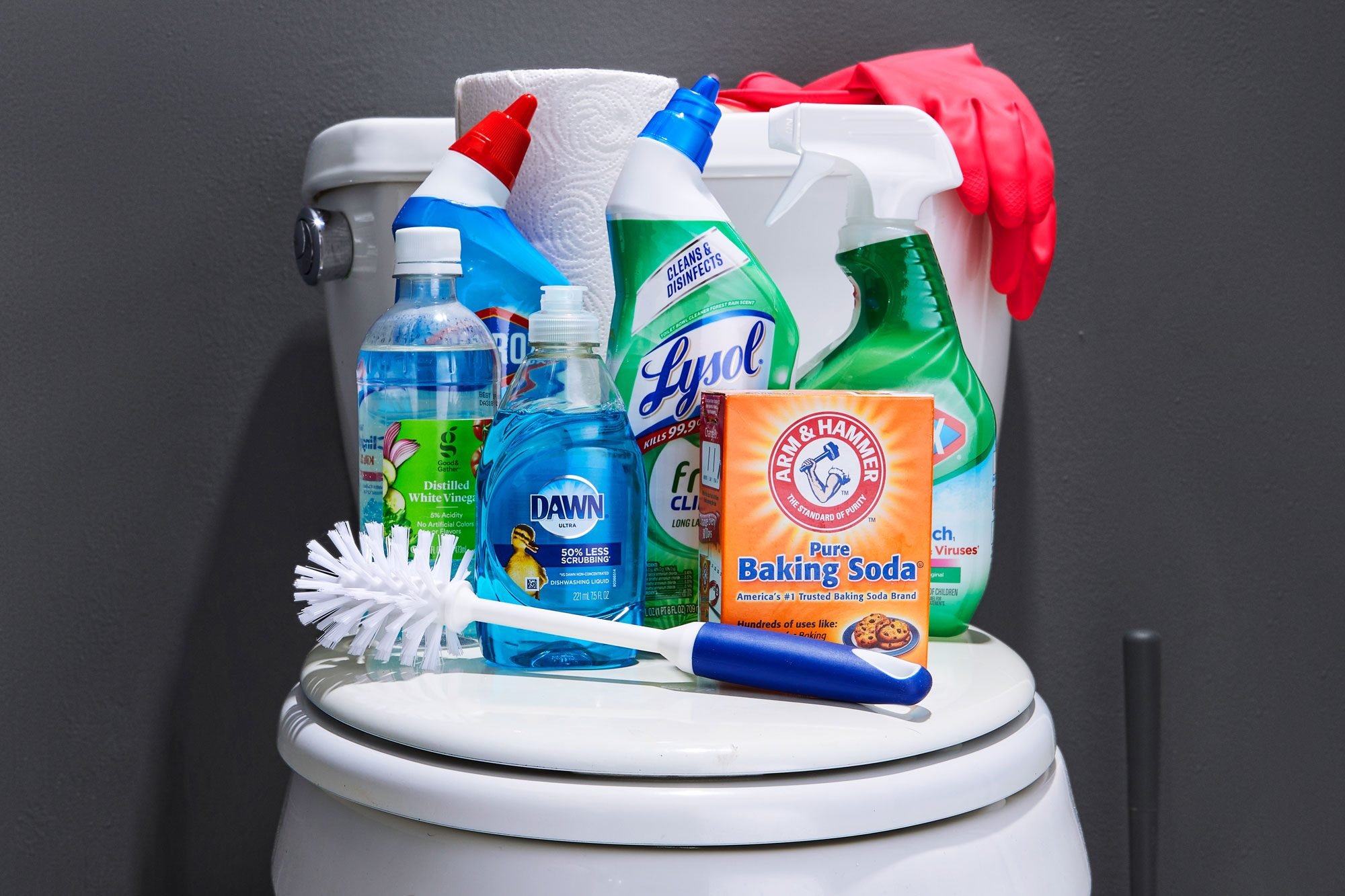
How to Build an Easy DIY Patio to Upgrade Your Backyard Use a level to ensure the forms are level, as uneven forms will result in uneven concrete. You need to account for the depth of your concrete patio, which should be at least 4 inches thick, but 6-8 inches if you plan to place heavy furniture on it. You can calculate the volume of concrete needed by multiplying the thickness, width, and length of your patio. Use a shovel to spread crushed stone evenly across the bottom of the excavated area. The crushed stone should be level and consistent in depth. This depth is crucial as it determines the thickness of the concrete for your patio.
Look at the Smallest of Spaces
The simple running bond pattern we’ve chosen looks good with the stone border and is easy to lay. Straightedge to check areas on both sides of the string. Take a well-deserved break when you’re done digging.- Gravel is an inexpensive patio flooring option, with loose stones placed in between edging.That said, patio installation requires significant labor.Our new home has multiple outdoor spaces that are in need of repair.You don’t have to take them down, so no storage hassles.For custom patios, Quikrete WalkMaker forms provide an innovative solution.
Choose Alternative Furniture Materials
Contact Us
Clear View Builders
Email: [email protected]
Phone: +19164205862
4913 Rio Linda Blvd
Sacramento, California, United States 95838
